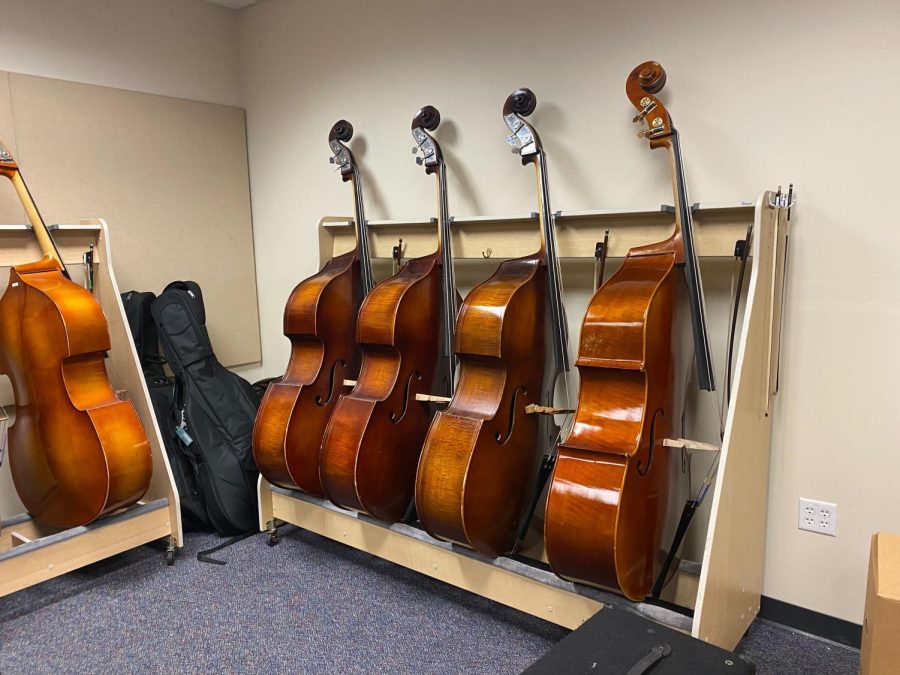Passing Proposition 28
What the California Proposition 28 means for MVHS art programs
December 23, 2022
California Proposition 28, a measure designated to allocate funding for art programs across K-12 California public schools, was passed on Nov. 8 with 64.4% of voters in favor. Starting in 2023, the proposition requires the state to allocate a percentage of funds — around $1 billion — specifically for music and art programs.
Band and Orchestra Director John Gilchrist believes Proposition 28 is promising for the future of California arts education. Although the music department receives a $10,000 purchase order from the school to cover instrument repair and sheet music costs, an additional $200,000 is required to fully run the various programs offered — band, orchestra, choir and specialty programs such as Marching Band, Winter Guard and Winter Percussion. This budget is currently covered by the families and donors in the Monta Vista Music Boosters.
Gilchrist hopes Prop 28 will provide the needed funds for additional coaches, instrument upgrades and building renovations. According to Gilchrist, many of the instruments and facilities are over 60 years old and have become unsuitable for an orchestra of their caliber.
“A lot of our programs [are] fighting for facilities,” Gilchrist said. “I’m hoping [the] money can help [us] expand our facilities and give us a chance to actually meet some of those program needs.”
Likewise, junior and Drama student Rae Bayer hopes that the funds will be used to renovate the two-story loft in the Black Box, which is used to store costumes. Currently the loft is unfurnished, with exposed concrete and pipes, and uneven steps that range from two inches tall to five. They explain that their mother, the department’s costume maker, received a concussion after falling from the stairs.
“There are tripping hazards and [if you trip] you risk hitting your head on a concrete block or the tiled floor or the pipes,” Bayer said. “‘Baby-proofing’ the loft so that it’s safer needs to happen.”
While many facilities within the arts programs need remodeling or updating, Engineering and Woodshop teacher Ted Shinta believes that the changes can come with many risks and hurdles, citing an instance where they had to store equipment in a shipping container during the F building renovations.
“On hot days, [the container] would heat up and get super hot, but on cold days the air [would] condense the water and get the inside all wet,” Shinta said. “So we don’t have that equipment anymore — [it was] just destroyed, and [the] Robotics equipment actually got stolen.”
Despite the alluring terms of the proposition, Gilchrist worries the funds might be spent on superficial upgrades such as improved lighting and a new coat of paint rather than structural changes the programs need. Although MVHS art programs face various challenges, Gilchrist hopes that art programs in California will be valued just as much as in other states.
“A lot of the time, arts education is not given priority because it’s seen as more of a hobby than [a] profession,” Gilchrist said. “A lot of other [states] in the country have figured out art is an important part of people’s lives. We’re not at that stage yet, but I’m hoping that we get there.”



















